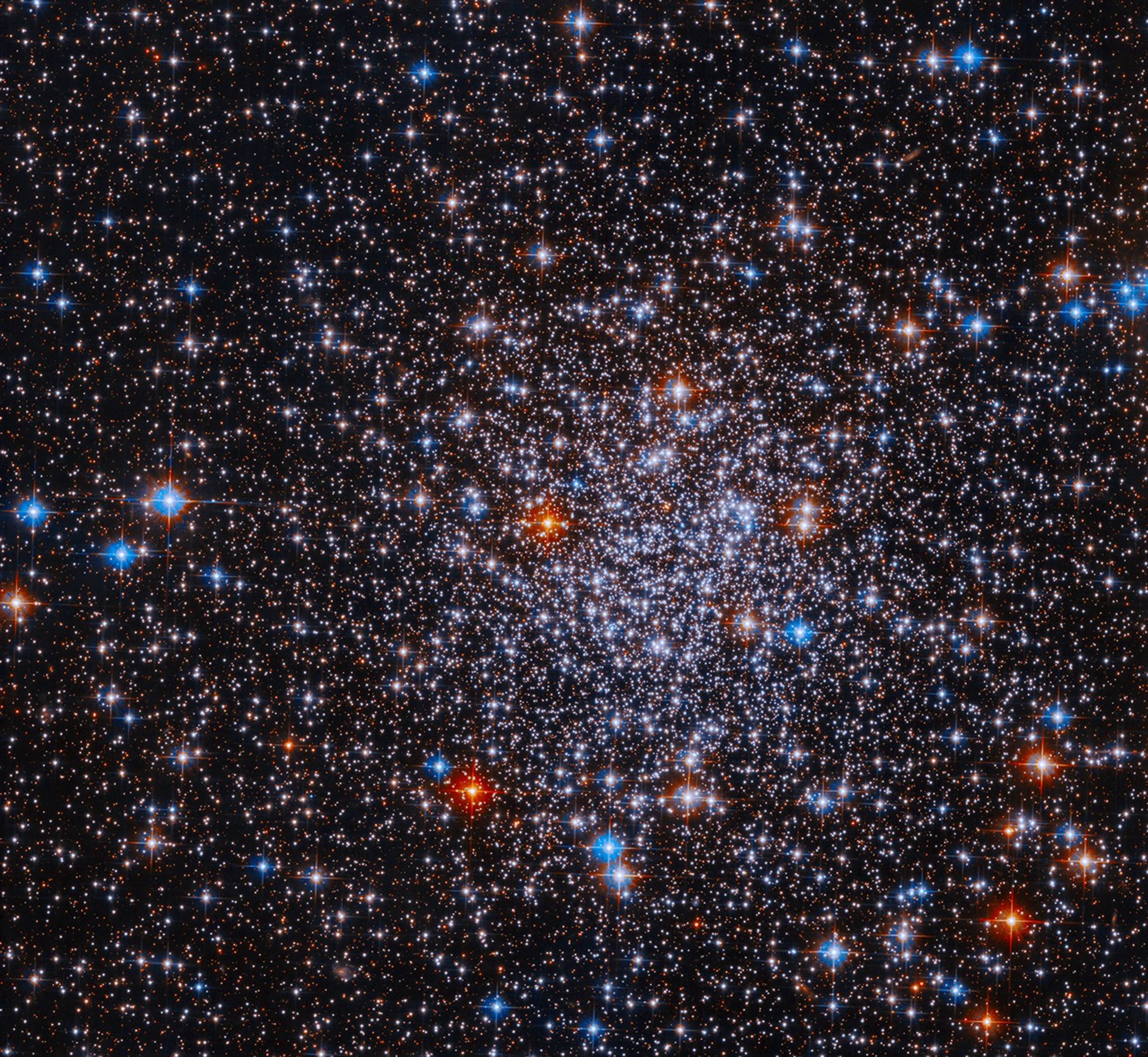This 1991 image from NASA's Hubble Space Telescope captures a small section of the Cygnus Loop supernova remnant. The Cygnus Loop marks the edge of a bubble-like, expanding blast wave from a colossal stellar explosion which occurred about 15,000 years ago. Supernova remnants play an important role in stellar evolution by enriching space with heavy elements, and triggering new star formation by compressing interstellar gas.
The image shows the structure behind the shock waves in the Cygnus Loop with unprecedented clarity, allowing astronomers to compare directly the actual structure of the shock with theoretical model calculations for the first time. Besides supernova remnants, these shock models are important in understanding a wide range of astrophysical phenomena, ranging from winds in newly-formed stars to cataclysmic stellar outbursts.
As the supernova blast wave slams into tenuous clouds of interstellar gas, the resulting collision heats and compresses the gas, causing it to glow. The shock acts as a searchlight by revealing the structure of the interstellar medium.
A bluish ribbon of light stretching left to right across the picture might be a knot of gas ejected by the supernova. This interstellar "bullet," traveling over three million miles per hour (5 million km), is just catching up with the shock front, which has been slowed by plowing into interstellar material.
The Cygnus Loop appears as a faint ring of glowing gases about three degrees across (six times the diameter of the full moon), located in the northern constellation Cygnus the Swan. The supernova remnant is within the plane of our Milky Way Galaxy and is 2,600 light-years away.
Image credit: NASA and J.J. Hester (Arizona State University)































